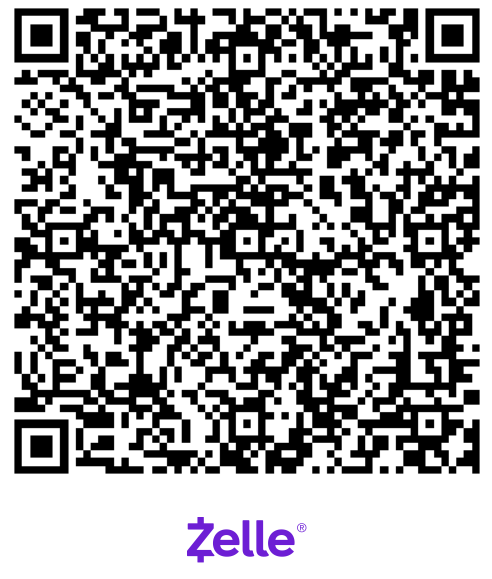What Is Line Dancing? What is CLDAA? How can the California Line Dance Association of America help me as an individual? The California Line Dance Association of America (CLDAA) was founded in 2004 by Kico Lin. CLDAA founding members have been dancing to promote a healthy lifestyle for many years; and CLDAA has created a fun and easy way to learn steps that combines western cowboy dance and salsa, cha-cha, hip-hop steps, and even some Kung-Fu techniques. CLDAA’s goal is to break a second-world record for the greatest number of line dancers here in North America. To date, CLDAA has established over 2200 members and 24 class locations throughout the San Francisco Bay Area with the belief that line dance is a fun and easy way to exercise. CLDAA is also recognized by the county of Santa Clara, the State of California, and the City of San Jose for promoting exercise, health, and enjoyment for people of all ages. We highly welcome all of you to dance for health, dance for happiness, and dance for a colorful life with us.
Line dancing is exactly what its name implies: people dancing in lines to music. Line dances are choreographed dances with a repeating series of steps that are performed in unison by a group of people in lines or rows. All of the dancers performing a line dance face the same direction and perform the steps at the same time. Although there are usually several lines of dancers, small groups may only form one line. Line dancers rarely interact with each other during a dance, as the steps are performed by everyone at the same time.
Line Dancing History
Although many popular line dances are set to country music, the first line dances did not originate from country and western dancing. Line dancing is believed to have originated from folk dancing, which has many similarities. Contra dancing, a form of American folk dance in which the dancers form two parallel lines and perform a sequence of dance movements with different partners down the length of the line, probably had a huge influence on the line dancing steps we a familiar with today. During the 1980’s, line dances began to be created for popular country songs.
Line Dance Format
Basic line dances focus on movements of the legs and feet, with more advanced dances including the arms and hands. The movements of a line dance are marked as “counts.” Generally, one count equals one musical beat, with a particular movement or step taking place at each beat.
A line dance will have a certain number of counts, meaning the number of beats in one complete sequence of the dance. For example, a 64-count dance would contain 64 beats. The number of beats does not necessarily equal the number of steps, however, as steps can be performed between two beats or over more than one beat. Line dances are made up of a certain number of steps, with each step identified by a catchy name.
Line Dancing Today
Because its steps are simple and don’t involve dancing with a partner, line dancing is ideal for singles and non-dancers. Line dancing is taught and practiced in country and western dance bars, social clubs, and dance halls around the world. One of the most popular line dances performed today is the Cha-Cha Slide.



